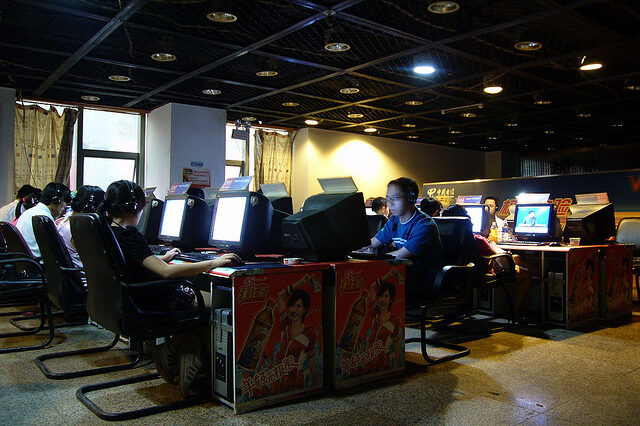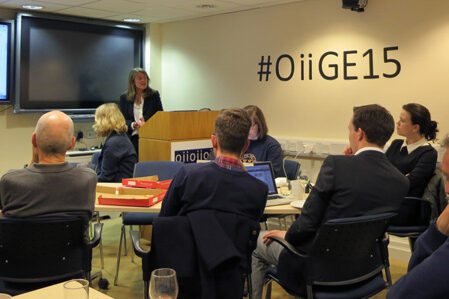Tag: data science
News
- Articles from Policy & Internet
- Books
- Call for Papers
- Child Safety
- Collective Action
- Conferences
- Democracy
- Development
- Economics
- Education
- Environment
- Ethics
- Governance & Security
- Health
- Interviews
- Mapping
- Methods
- Policy
- Politics & Government
- Publications
- Social Data Science
- Submissions Closed
- Tools
- Video
- Wellbeing
-

Could Counterfactuals Explain Algorithmic Decisions Without Opening the Black Box?
—
in EthicsExploring the role of algorithms in our everyday lives, and how a “right to explanation”…
-

The life and death of political news: using online data to measure the impact of the audience agenda
Editors must now decide not only what to publish and where, but how long it…
-

How easy is it to research the Chinese web?
—
The research expectations seem to be that control and intervention by Beijing will be most…
-

Technological innovation and disruption was a big theme of the WEF 2014 in Davos: but where was government?
The World Economic Forum engages business, political, academic and other leaders of society to shape…







